Possession
The importance of possession in football
Possession in football/soccer is not just about keeping the ball. It is a fundamental aspect of the game that can dictate the flow and outcome of a match. When a team has possession of the ball, they have control over the game, allowing them to dictate the pace, create scoring opportunities, and limit the opposition's chances. Possession also helps to conserve energy, as the team with the ball does not have to chase after it. Furthermore, possession allows the team to build confidence and momentum, as they are able to maintain control and dominate the game. In essence, possession is the key to success in football, and mastering it can give a team a significant advantage over their opponents.
How possession drills can enhance a team's performance
Possession drills are an essential component of soccer training sessions, as they help teams improve their ability to maintain control of the ball and dominate the game. These drills focus on developing players' technical skills, decision-making abilities, and understanding of the game, all of which are crucial for successful possession play.
One of the main benefits of possession drills is that they improve players' ball control and passing skills. By practicing various drills that involve keeping the ball away from the opposition, players learn how to receive, control, and pass the ball efficiently. This not only enhances their individual technical abilities but also improves their teamwork as they learn to communicate and coordinate with their teammates to maintain possession.
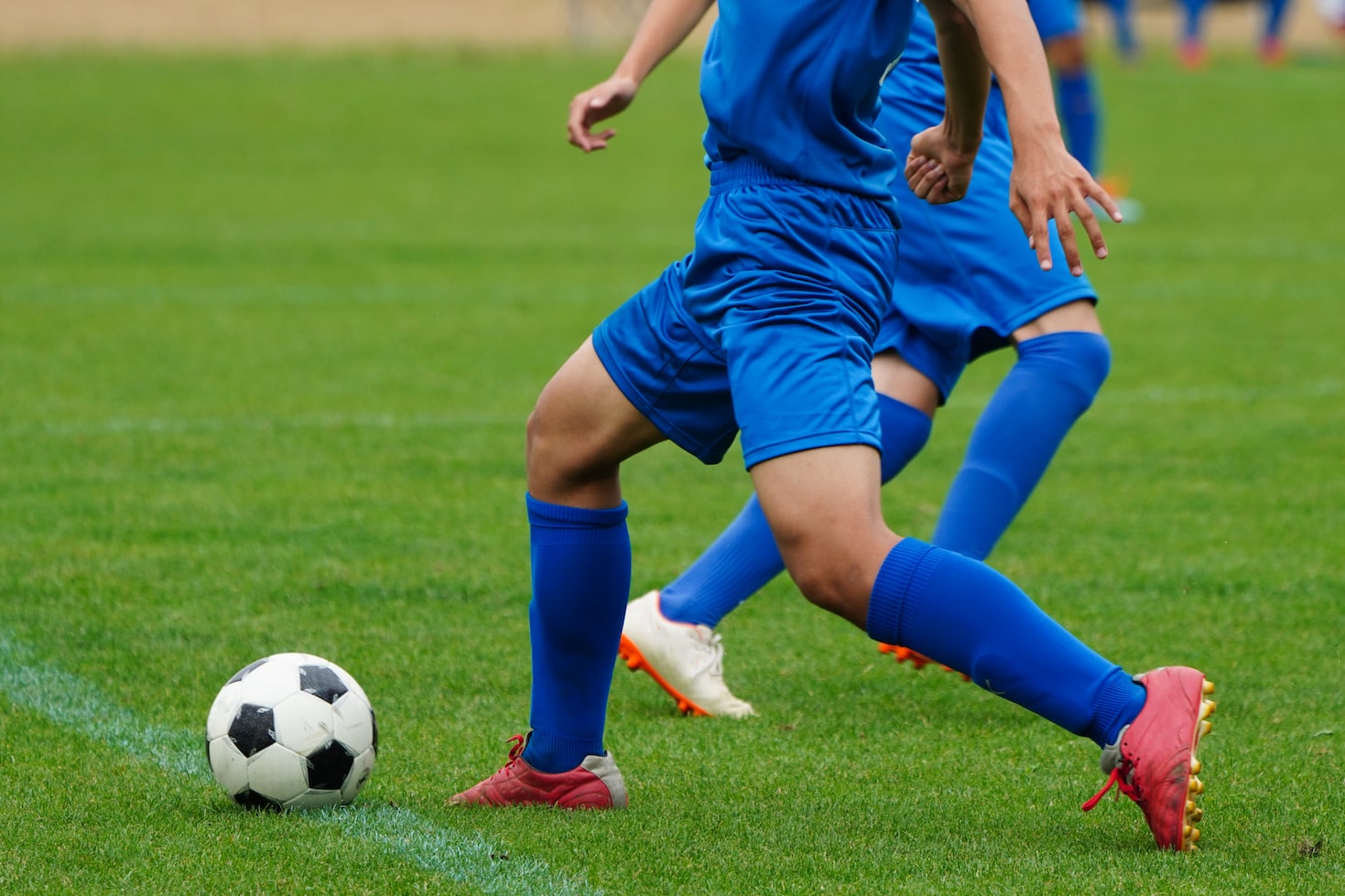
Possession drills also help players improve their decision-making abilities on the field. During these drills, players have to constantly assess the situation and make quick decisions on where to pass the ball, when to dribble, or when to switch the play. This helps them develop their game intelligence and awareness, as they learn to recognize and exploit spaces, anticipate the movements of their teammates, and make effective decisions under pressure.
Furthermore, possession drills enhance players' understanding of the game and their role within the team. These drills often involve specific positional requirements, such as maintaining a specific formation or playing in a certain area of the field. This helps players develop a better understanding of their positioning and responsibilities during different phases of play. They learn to read the game, anticipate their teammates' movements, and make themselves available for passes.
Drill 1: Rondo
What is a rondo?
A rondo is a popular possession drill in football that focuses on maintaining control of the ball in a small space. It typically involves a group of players forming a circle or square and one or two players in the center. The players in the center, known as the defenders, have to try to win the ball back from the players in the circle, while the players in the circle, known as the attackers, have to keep the ball away from the defenders.
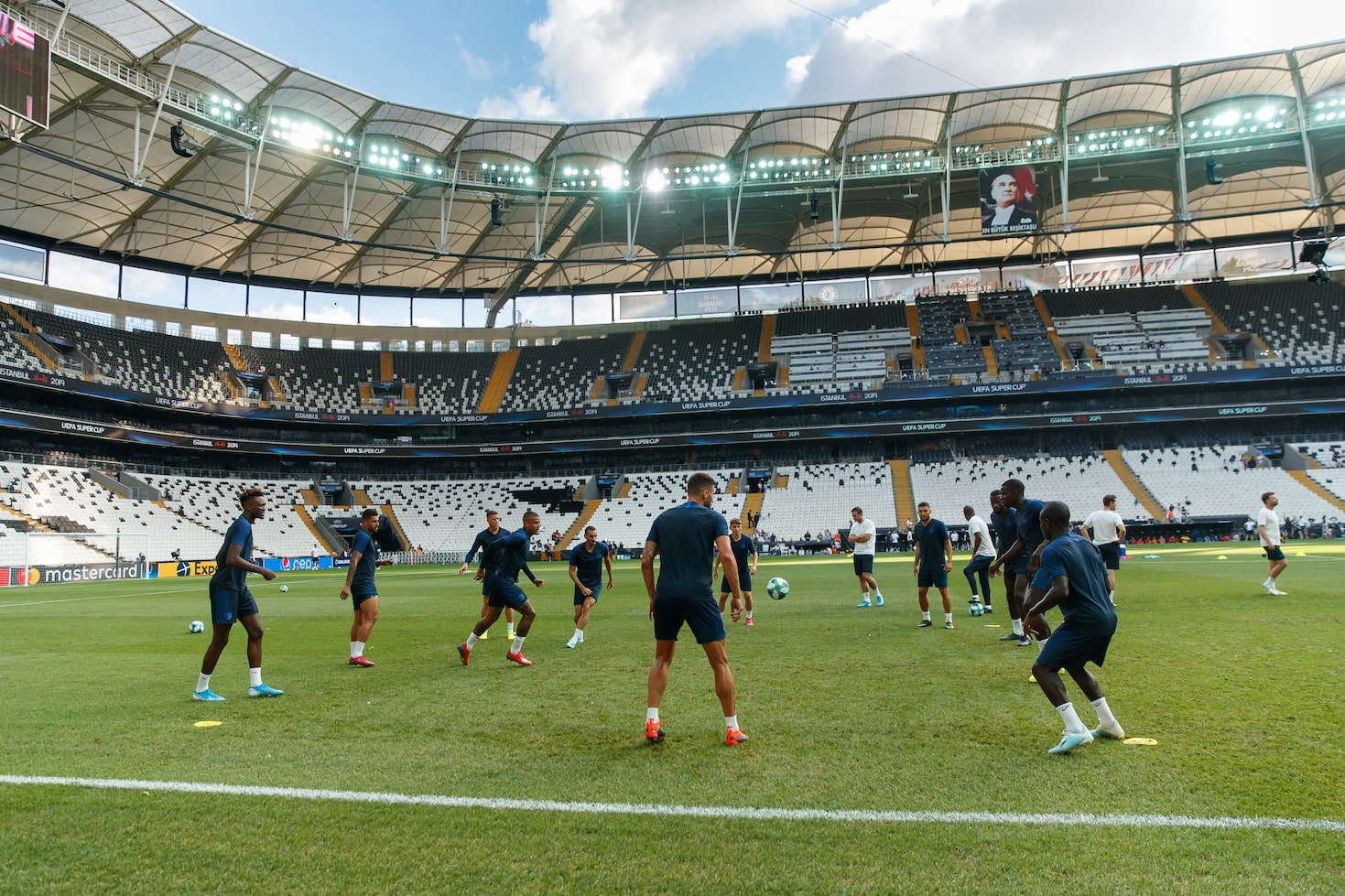
The purpose of a rondo drill is to develop players' technical skills, decision-making abilities, and awareness of space and movement. It helps players improve their ball control, passing accuracy, and ability to receive and give the ball under pressure. The small playing area and the presence of defenders create a challenging environment that forces players to make quick decisions and execute their techniques with precision. Additionally, the constant movement and positioning in a rondo drill help players develop their spatial awareness and their ability to read the game, as they have to constantly scan their surroundings and find passing options.
What to do
To set up and execute a rondo drill, follow these step-by-step instructions:
1. Set up a playing area: Start by creating a small playing area, such as a circle or a square, depending on the number of players and the available space. The size of the playing area can vary, but it should be compact enough to create a challenging environment for the players.
2. Assign roles: Identify one or two players to be the defenders, and the remaining players will be the attackers. The defenders' role is to try and win the ball back from the attackers, while the attackers' role is to maintain possession and keep the ball away from the defenders.
3. Start the drill: The attackers should spread out evenly within the playing area, while the defenders position themselves in the center. The drill begins with one of the attackers passing the ball to a teammate. From this point onward, the attackers must try to keep possession of the ball, using their passing and movement skills to avoid the defenders.
4. Rotate roles: After a set period of time or a certain number of successful passes, rotate the roles of the defenders and attackers. This allows all players to experience both attacking and defending situations, giving them a well-rounded understanding of the game.
5. Emphasize technique and decision-making: Throughout the drill, encourage the attackers to focus on their passing accuracy, ball control, and ability to receive and give the ball under pressure. Remind them to scan their surroundings to find passing angles.
Coaching Tips for Rondo Drills
1. Communicate and Encourage Constant Movement: One of the key principles of a successful rondo drill is constant movement. As a coach, emphasize the importance of players constantly scanning their surroundings and communicating with their teammates. Encourage them to call for the ball, create passing angles, and make themselves available as passing options. This will help players develop their spatial awareness and improve their decision-making skills on the field.
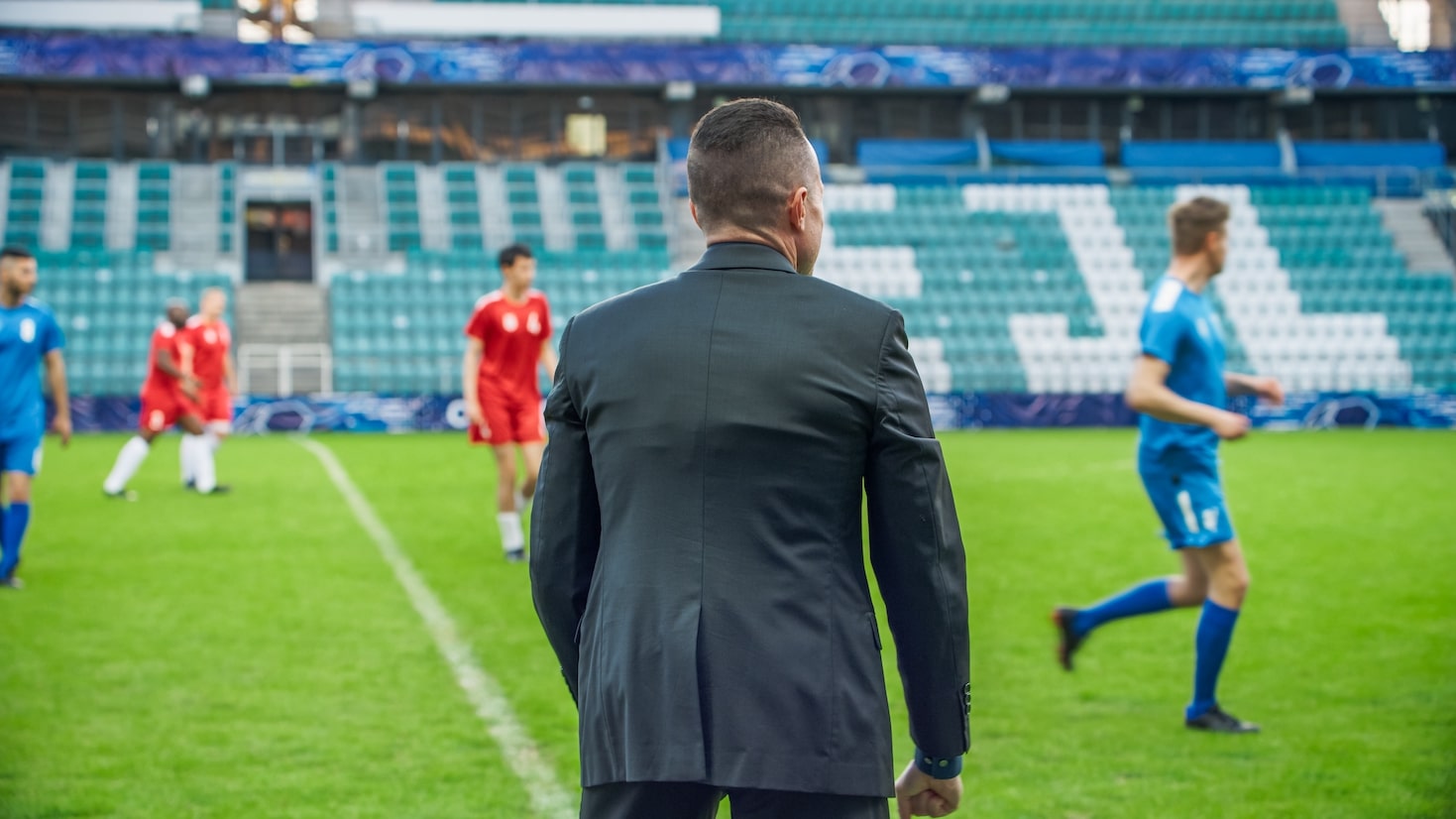
2. Encourage Quick Decision-Making: Rondo drills are designed to improve players' ability to make quick decisions under pressure. Encourage your players to think one or two steps ahead and make decisions based on the movement of their teammates and the positioning of the defenders. Emphasize the importance of playing one or two-touch football, as this will help players develop their speed of thought and execution.
3. Focus on Passing Accuracy and Technique: Rondo drills provide an excellent opportunity for players to work on their passing accuracy and technique. As a coach, pay close attention to the quality of the passes and provide feedback to help players improve. Emphasize the importance of using the inside of the foot for accurate and controlled passes. Encourage players to play the ball to their teammates' leading foot, as this will make it easier for them to control the ball and keep possession.
4. Develop Awareness of Space and Time: Rondo drills can help players develop their awareness of space and time on the field. Encourage your players to constantly move around the space.
Drill 2: Triangle Passing
What is Triangle Passing?
Triangle passing is a fundamental drill in soccer that focuses improving players' passing accuracy, ball control, and ability to create and exploit space. In this drill, three players form a triangle shape and pass the ball between them. The aim is to maintain possession while moving the ball quickly and efficiently. Triangle passing is commonly used in training sessions to develop players' technique, communication, and decision-making skills.
The purpose of triangle passing is to teach players how to work together as a unit and effectively move the ball around the field. By practicing this drill, players learn the importance of accurate passing, proper body positioning, and constant movement off the ball. Triangle passing helps players develop a sense of spatial awareness and teaches them how to create passing angles and find open space. It also enhances their ability to make quick decisions under pressure, as they must constantly assess their options and choose the best passing option. Overall, triangle passing is an essential drill for players of all levels to master the fundamentals of possession-based soccer.
Triangle Passing: A Fundamental Drill to Improve Possession Skills
Setting Up the Drill:
1. Select a Suitable Area: Find a flat and open space that is large enough to accommodate three cones forming a triangle. Ideally, the distance between each cone should be around 10-15 yards, depending on the age and skill level of your players.
2. Place the Cones: Position three cones in a triangular shape. Each cone represents a player. The distance between each cone should be equal to encourage quick and accurate passing. Ensure the cones are securely placed to avoid any accidents during the drill.
Executing the Drill:
1. Start with Three Players: Assign one player to each cone. The objective is to pass the ball between the players, keeping possession within the triangle.
2. Begin the Drill: The player at one cone starts with the ball. They pass it to the next player in the triangle, who then receives and passes it to the third player. The third player completes the cycle by passing it back to the first player.
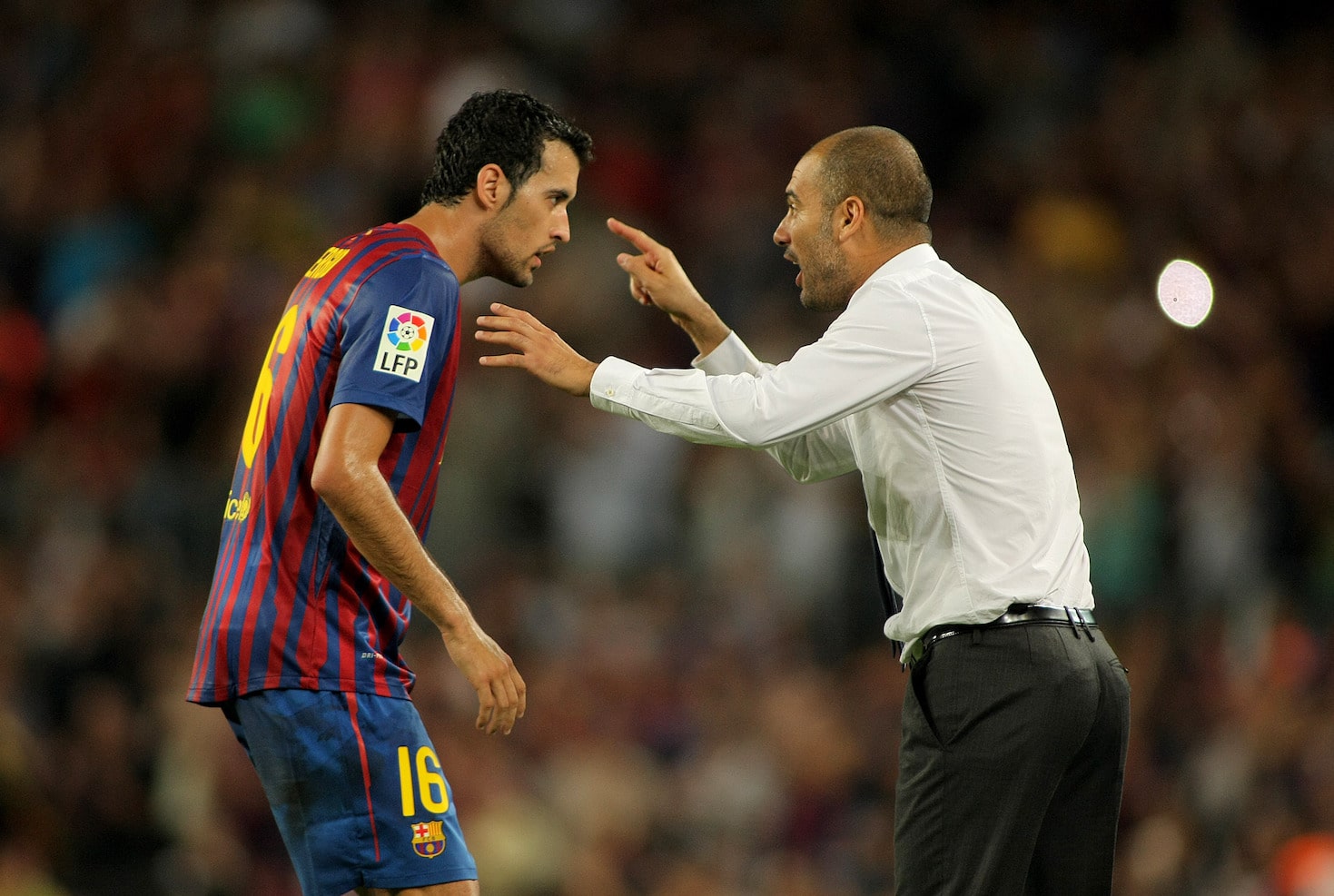
3. Emphasize Accuracy and Communication: Encourage the players to focus on accurate passes and clear communication with their teammates. Emphasize the importance of using proper technique and body positioning to ensure accurate passes.
4. Add Movement: Once the players are comfortable with the basic passing sequence, introduce movement off the ball. This can be done by instructing the players to take a few steps after passing the ball, creating space for the next pass. This will help them develop their spatial awareness and improve their ability to create passing angles.
5. Increase the Intensity: As the players become more confident and skilled, increase the intensity of the drill by reducing the amount of time they have to complete each pass. This will simulate game-like conditions and put pressure on them to make quick decisions.
6. Progress to One-Touch Passing: Once the players are proficient at passing and receiving the ball, challenge them to complete the drill using only one touch. This will further enhance their speed of play and decision-making abilities.
Coaching Tips to Improve Passing Accuracy and Decision-Making
Passing accuracy and decision-making are crucial skills for soccer players. Here are some coaching tips to help improve these skills during possession drills:
1. Emphasize Proper Technique: Teach your players the correct technique for passing the ball. This includes using the inside of the foot, keeping the ankle locked, and following through with the pass. Encourage them to practice this technique during the possession drill to improve accuracy.
2. Focus on Communication: Communication is key in soccer, especially during possession drills. Teach your players to communicate effectively by calling for the ball, using simple and clear instructions, and making eye contact with their teammates. This will help improve decision-making and ensure accurate passes.
3. Develop Vision and Awareness: Encourage your players to scan the field and be aware of their surroundings during the possession drill. This will help them make better decisions when passing the ball, as they will be able to identify open spaces and teammates in better positions.
4. Encourage Quick Decision-Making: The tempo of the game is often fast, and players need to make quick decisions when passing the ball. Create scenarios during the possession drill that force players to make split-second decisions, such as adding a defender or limiting the time they have to complete a pass. This will improve their ability to make quick, accurate passes under pressure.
Drill 3: Possession Grid
What is Possession Grid?
Possession Grid is a popular drill used in soccer training sessions to improve players' passing accuracy, decision-making, and ball control skills. The drill involves setting up a small grid with cones or markers, where players are divided into two teams and must maintain possession of the ball within the grid. The aim is for the team in possession to complete a certain number of passes without losing the ball to the opposing team.
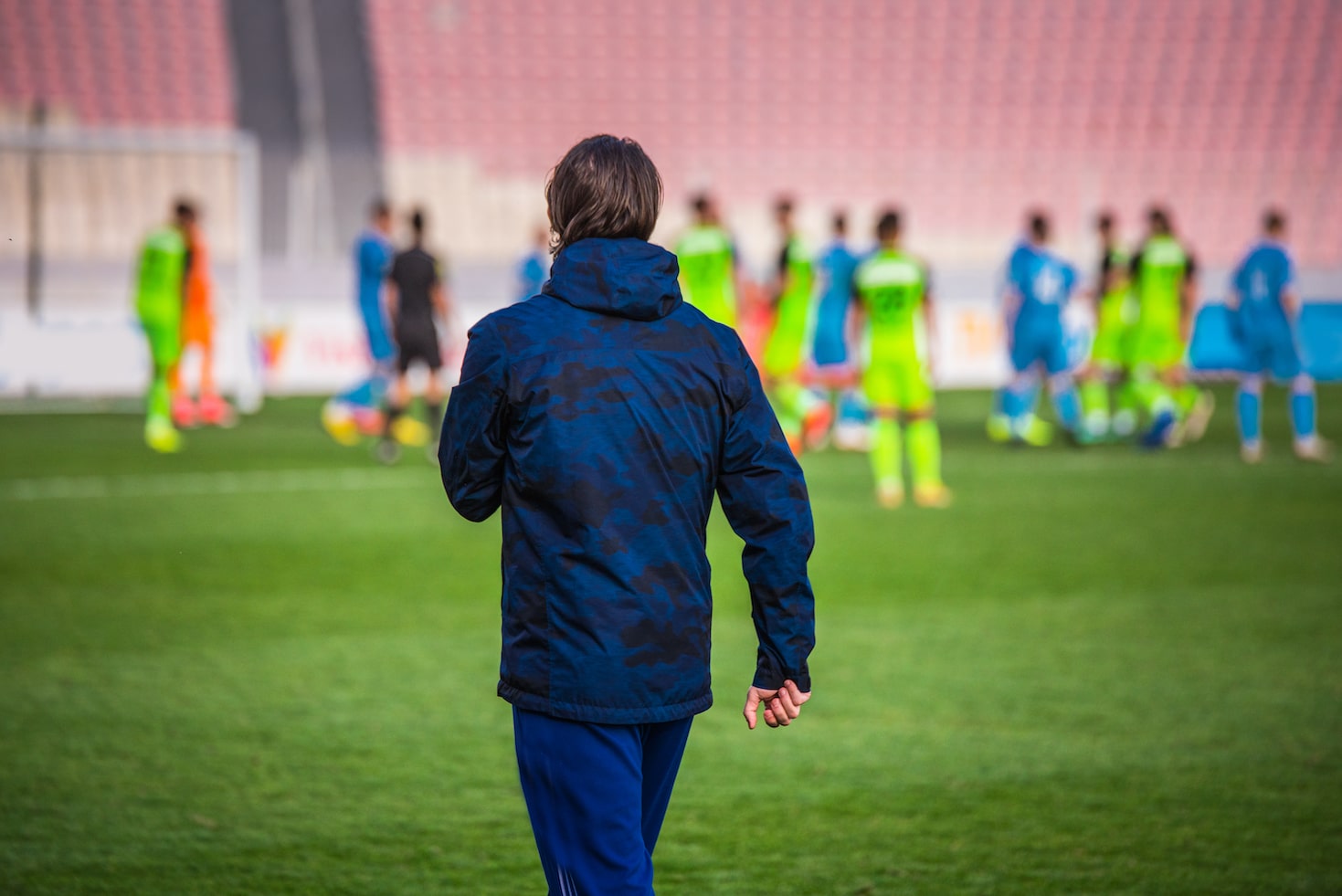
The purpose of the Possession Grid drill is to replicate game-like situations where players are under pressure to make quick decisions and maintain possession of the ball. It helps players develop their technical skills, such as passing, receiving, and ball control, while also improving their ability to communicate, scan the field, and make split-second decisions. By practicing in a small, confined space, players are forced to think and react quickly, enhancing their speed of play and overall game intelligence. Possession Grid is an effective drill in developing teamwork, coordination, and overall soccer skills.
Possession Grid: A Soccer Drill for Better Ball Control
Step 1: Set Up the Grid
To begin, you will need a rectangular playing area. The size of the grid can vary depending on the age and skill level of your players, but a good starting point is around 20 yards by 30 yards. Use cones to mark the four corners of the grid and add additional cones along the sides if needed to provide visual boundaries for the players.
Step 2: Divide the Players
Divide your players into two teams, with an equal number of players on each team. Ensure that each team has a different color of bibs or pinnies to distinguish them from one another. If you have an odd number of players, you can assign one player as a neutral player who plays for both teams.
Step 3: Position the Players
Position the players inside the grid, with each team starting on opposite ends. One team will begin as the "defending" team, while the other team will be the "attacking" team. The defending team will start with one player in the center of the grid, and the attacking team will have four players positioned on the outside of the grid.
Coaching Tips to Enhance Player Movement and Decision-Making in Possession Grid Drill
1. Encourage Constant Movement: In the Possession Grid drill, it is important for players to constantly move both on and off the ball. Emphasize the importance of creating passing lanes and offering support to teammates. Encourage players to make quick movements, such as diagonal runs, overlapping runs, and checking their shoulder to create space and receive the ball.
2. Develop Field Awareness: Help players develop their field awareness by encouraging them to scan the field before receiving the ball. Teach them to constantly check their surroundings, identifying open spaces and potential passing options. This will help players make quick decisions on whether to pass, dribble, or change the direction of play.
3. Improve Communication: Communication is essential in the Possession Grid drill. Encourage players to communicate with each other by calling for the ball, providing information on their positioning, and alerting teammates to any open spaces. Effective communication will help players make better decisions, maintain possession, and avoid turnovers.
4. Promote Quick Decision-Making: The Possession Grid drill is designed to simulate game-like scenarios where players need to make split-second decisions. Encourage players to make quick decisions on whether to pass, dribble, or shield the ball. Emphasize the importance of thinking ahead and anticipating the movement of teammates and opponents.


Improve Your GameJust 1.99 p/m
Exclusive drills and sessions, get involved today!
- 100’s of Drills
- Coach to Camera Videos
- Sessions from Pro’s
- Industry Leading Advice
Conclusion
In conclusion, possession drills are an essential tool in soccer training sessions to help players develop their skills in maintaining control of the ball. By incorporating these drills into your coaching sessions, you can enhance player movement, decision-making, field awareness, and communication on the field. Remember to encourage constant movement, develop field awareness, improve communication, and promote quick decision-making during these drills. By implementing these coaching tips, you can help your players excel in possession and ultimately improve their overall performance on the field. So, don't hesitate to incorporate possession drills into your training sessions and watch your team's skills and performance soar to new heights.
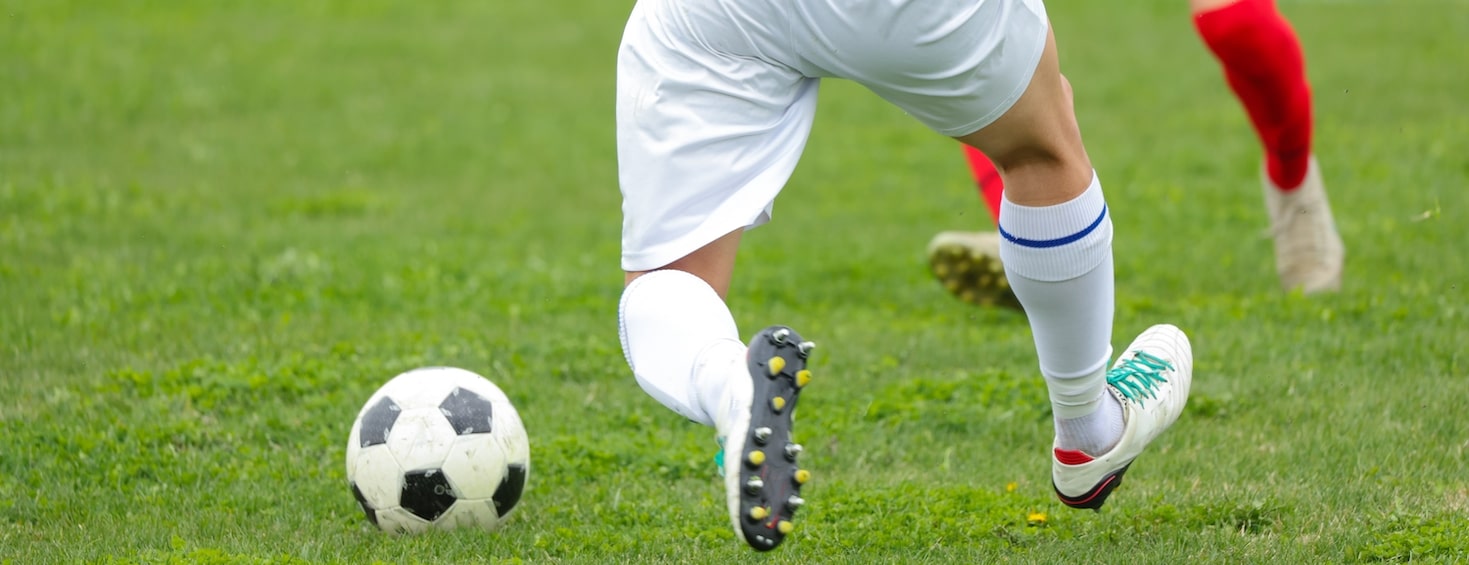
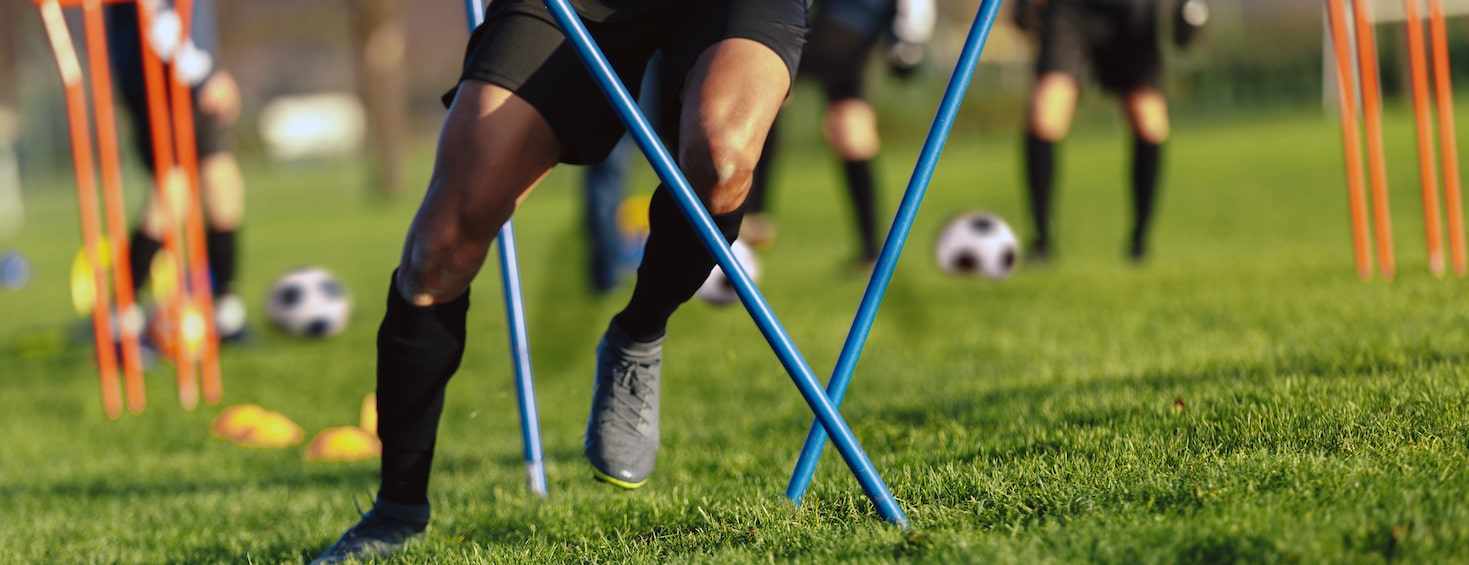

Cupello
Rethinking soccer coaching via our industry leading tools. Built to offer effective coaching development solutions for players and coaches of all levels.